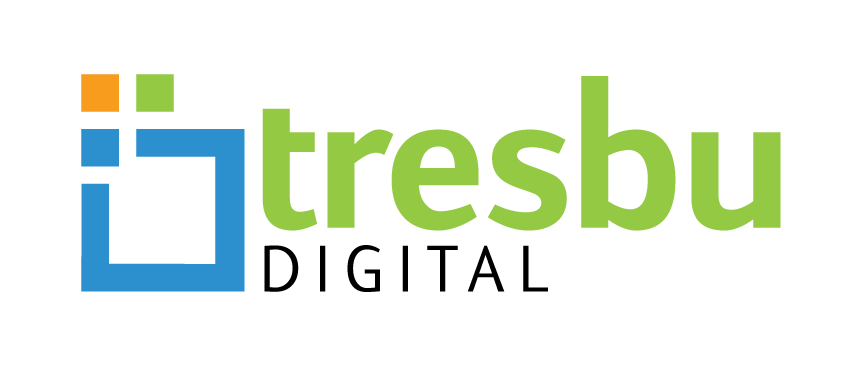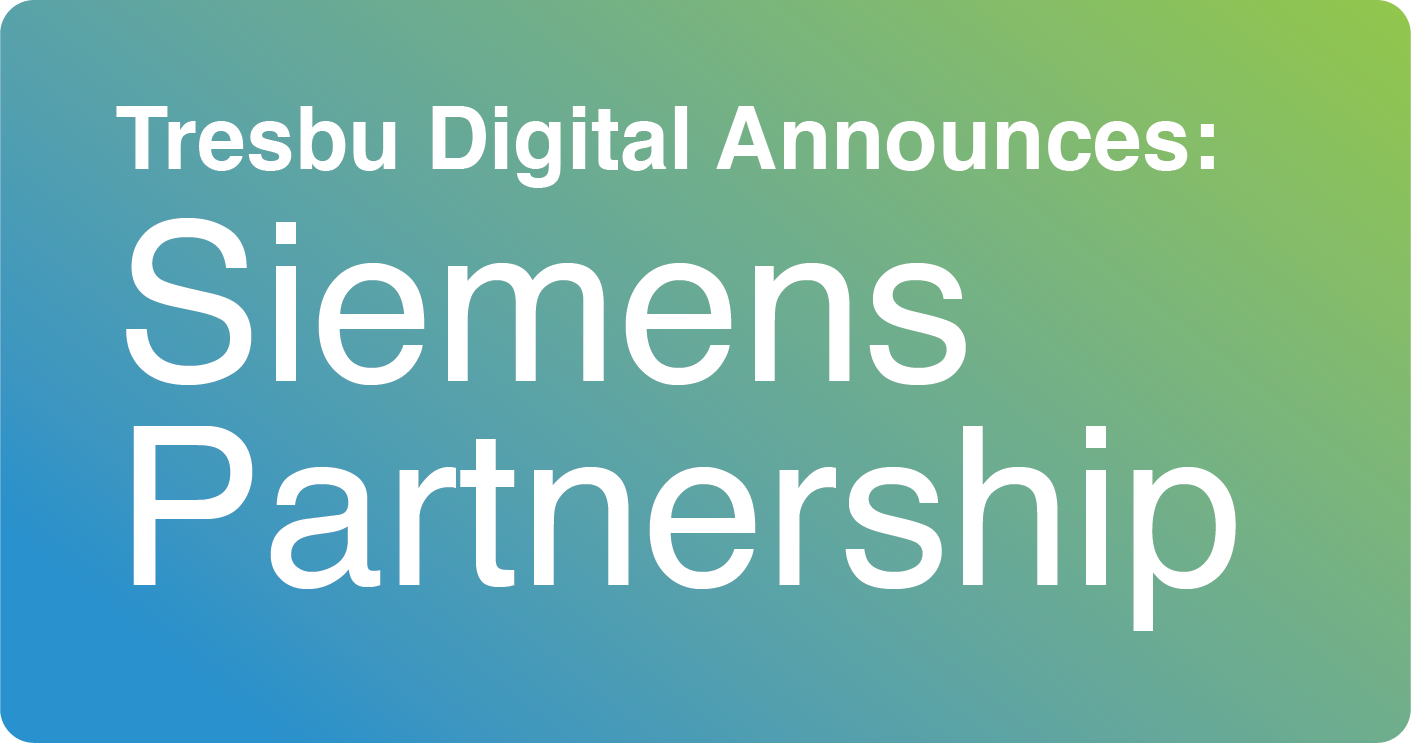Businesses are now spending significant portions of their budgets on Low-Code development, with research projecting the total spending to reach more than $21.2B by 2022. That level of investment indicates that organizations are reaping commensurate benefits from Low-Code.
But what uses of Low-Code deliver such substantial benefits?
Workflow automation is one of the more common applications of Low-Code development. After all, making common tasks go faster and less error-prone is always a boost to productivity. And embracing a Low-Code approach where it enables and empowers a wider range of people in the workforce to develop applications, encouraging everyone to automate once-tedious tasks in any role. But workflow automation alone doesn’t boost the bottom line enough to account for the heavy investment in Low-Code. No, there are even more profitable–and often more interesting–applications for Low-Code development – applications that can be built 10-20x faster and with 70% fewer resources than with traditional enterprise application development.
One of the standout use cases for Low-Code is idea management, also called innovation management. We at Tresbu Digital have decades of experience in developing Low-Code idea management applications, and we’ve learned a lot in the process. So in this blog, I’m going to outline how Low-Code development accelerates Time To Value (TTV) for products, services and processes, lowering costs, increasing profits, and paving the way for further growth through Low-Code.
According to Gartner, idea management is
“a structured process of generating, capturing, developing, improving, organizing, evaluating and prioritizing valuable insight or alternative thinking that would otherwise not have emerged through normal processes.”
In other words, collecting ideas, determining whether they have merit, and turning them into reality. Along the way, a good idea management system also helps an organization define the parameters for funding innovations, as well as set metrics for success. These systems help organizations determine whether an idea just needs a bit more investment to be successful, or whether initial projections about the idea were wrong, and it’s time to stop development.
Tresbu Digital has developed innovation management systems for several industries, but most of our innovation management work has been in life sciences. This industry is particularly challenging because it requires rapid, continuous, out-of-the-box thinking when it comes to developing products, establishing processes, and complying with regulatory requirements. Therefore, innovation is a constant in this industry, with new concepts flowing from staff, associates, and vendors at all times. But now more than ever, these facilities are struggling to implement new ideas quickly and efficiently. Just as important, these facilities need to know when to stop development on underperforming ideas so they can invest those resources in more profitable ventures. Questions constantly swirl around innovation management, leaving the organizations unsure of just how selective they should be when it comes to supporting any given idea and of the amount of time it will take to implement a new concept from start to finish. Environments like this are where Low-Code development stands out.
Building an idea management system requires that multiple expert workflows operate at peak efficiency & jointly at all times. Concepts must be described fully and vetted quickly. Resources such as staffing and funding must be assigned rapidly, all while appropriate metrics and returns for the resources are simultaneously being described, approved, forecast, and measured. In these idea management processes we need to understand:
product safety is tantamount, regulatory compliance is not an option, and profitability is always top-of-mind.
To generate revenue as quickly as possible, and to accomplish the mission of the products or services, research facilities are required to confidently and swiftly drive decisions about continuing development on complex concepts that demonstrate real promise. On the other hand, concepts that don’t meet goals must be immediately identified and either amended or discontinued without delay.
Low-Code is capable of providing a way for researchers to quickly and effectively capture, manage, evaluate, and selectively nurture this deluge of new ideas.
Using Siemens’ Mendix Low-Code development platform, Tresbu Digital’s engineers have created a portal-based idea management solution that both enforces a rigorous idea review process and drives expedited resourcing. Streamlined collaboration among decision-makers and their teams means that ideas are approved or denied rapidly, and approved ideas move immediately through the portal. They are assigned specific key performance indicators (KPIs) that are then closely monitored by advanced analytics for precise measurement. Decisions for either continuing, stopping, or adjusting idea development are made quickly and with confidence.
Our results have been outstanding. Thanks to the Mendix Low-Code platform’s ability to drive early decision-making, organizations are able to be the first to arrive and drive the market with cutting edge innovations. Low-Code cost effective applications allow all employees to weigh in on a new product concept throughout the process, and shortens time-to-revenue for new ideas by more than 70%.
The organization also has greater investment visibility and accountability since it sets and monitors meaningful metrics from the start, which in turn enables stakeholders to understand true return on investment at the conceptualization phase. And thanks to its Low-Code nature, an internal team can maintain the system itself, reducing dependence and expenditure on external developers.
Faster, more disciplined idea management is just one example of how Low-Code can revolutionize your profitability and work life. No doubt this has provided you with some inspiration for a few Low-Code projects of your own. I’m curious and would love to discuss them with you.
Please drop me a line, so we can chat!
Marc Ongaro, Director of Solutions
In next week’s blog, we’ll talk about the dangers of trusting a ‘naked’ license, particularly when buying these licenses from a reseller. Until then, if your team is ready to start talking about how a Low-Code platform like Mendix can fundamentally change the way you do business, I’m always ready to talk. Let’s schedule a time to chat.




